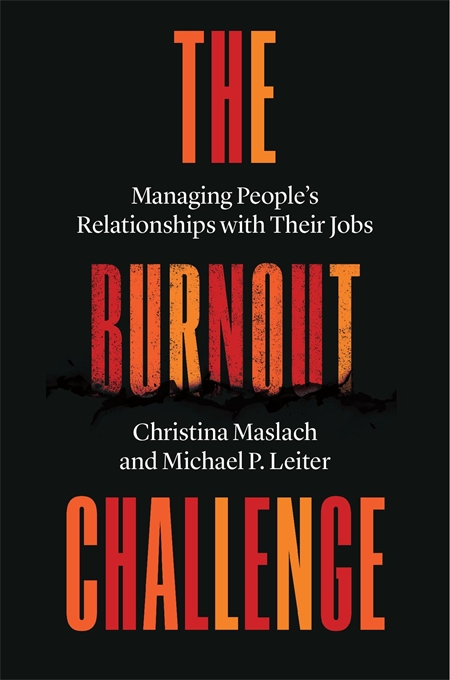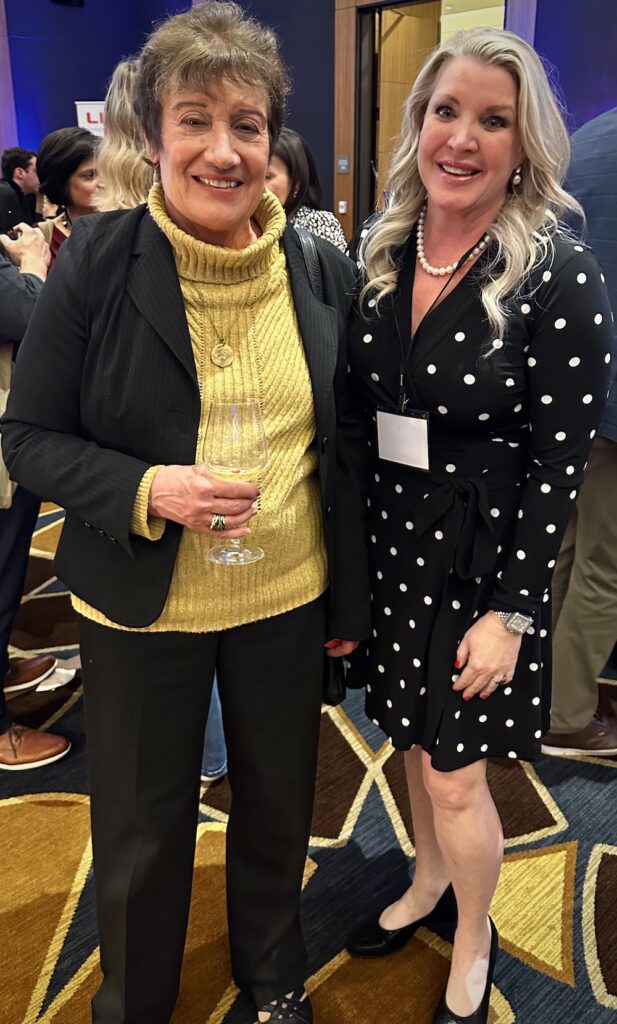 Dr. Christina Maslach is a pioneer and leader in the field of workplace burnout. She is legendary in researching and understanding burnout from a global perspective, especially in healthcare today.
Dr. Christina Maslach is a pioneer and leader in the field of workplace burnout. She is legendary in researching and understanding burnout from a global perspective, especially in healthcare today.
Burnout is among the most significant and misunderstood threats facing healthcare workers and organizations today. The biggest and most pervasive misconception is that burnout is a personal problem rather than a cultural issue. And in terms of economic interests, burnout is an obvious danger to all organizations, with an estimated $500 billion and 550 million work hours lost yearly to on-the-job stress and dysfunctional work environments.
Burnout Culture
The adage ‘If you can’t take the heat, then get out of the kitchen,’ no longer holds. The kitchen is in flames, and workers don’t have buckets of water to put it out. To put it more simply, it is helpful to assist workers in adapting to the heat/stress, but it’s even more useful to improve worker conditions so that they don’t, metaphorically, burn alive. Burnout is not something to be solely dealt with by the worker; the workplace must manage it.
But how?
I interviewed Dr. Maslach on my podcast, and I urge you to listen.
The Burnout Challenge
Topics of discussion:
- Her book: The Burnout Challenge: Managing People’s Relationships with Their Jobs
- What is burnout, and why is it important, especially in healthcare today?
- Why is the relationship between people and their jobs a better way to understand burnout?
- What are the critical mismatches between people and their jobs, and what would better matches look like?
- How do we create better matches between healthcare workers and their jobs?
- What are the top lessons Dr. Maslach learned about resolving burnout during the past several decades of her research?
Of course, only so much can be covered in a podcast, which is why I encourage everyone to read The Burnout Challenge to truly understand the scope and importance of the issue and how organizations can change to promote genuinely sustainable productivity.
Six Areas of Job-Person Mismatch
Of particular interest in the book and our podcast discussion are the 6 areas in which a bad fit between the job and the person can increase the risk of burnout.
These 6 mismatches are:
- Work overload
- Absence of fairness
- Insufficient rewards
- Breakdown of community
- Lack of control
- Value conflicts
And, of course, these mismatches do not operate in a vacuum. An employee can have multiple mismatches at once, increasing the likelihood of burnout. The good news is that mismatches can be improved or even completely corrected, which can prevent or reverse burnout.
Preventing and Reversing Employee Burnout

I was thrilled to recently meet Dr. Christina Maslach in person. She has so much wisdom. I even got to have dinner with her!
How? The book provides valuable tools and practical, evidence-driven guidance for identifying the signs of employee burnout and cost-effective solutions to improve employee efficiency, health, and happiness.
After all, it isn’t enough to know that your company or organization has a problem with stressed and burned-out employees. That’s only the first step. Dr. Maslach gives you the tools to not only identify burnout but to take measured and productive steps to improve your employees’ work lives and, indeed, to restructure the work culture to be a harmonious environment.
Learn more about Dr. Christina Maslach here.
Get a Copy of The Burnout Challenge: Managing People’s Relationships with Their Jobs
Download the Maslach Burnout Inventory (MBI)
Listen to Dr. Christina Maslach’s podcast episode: How to Successfully Promote Healthcare Engagement
